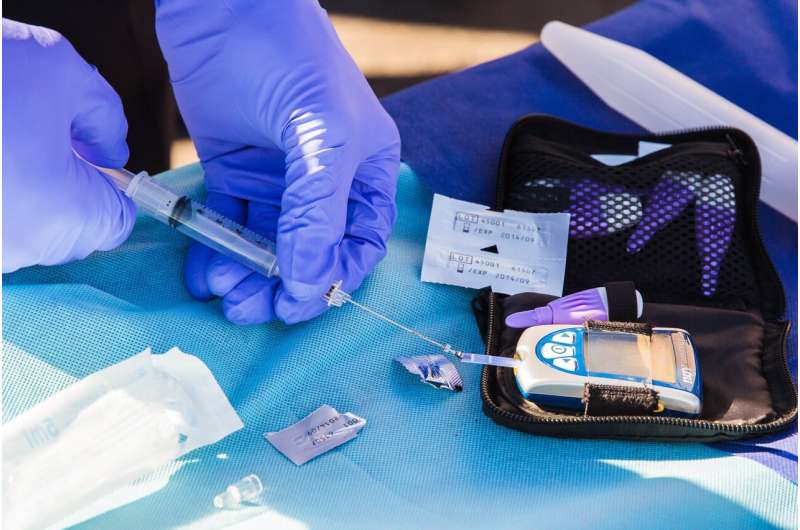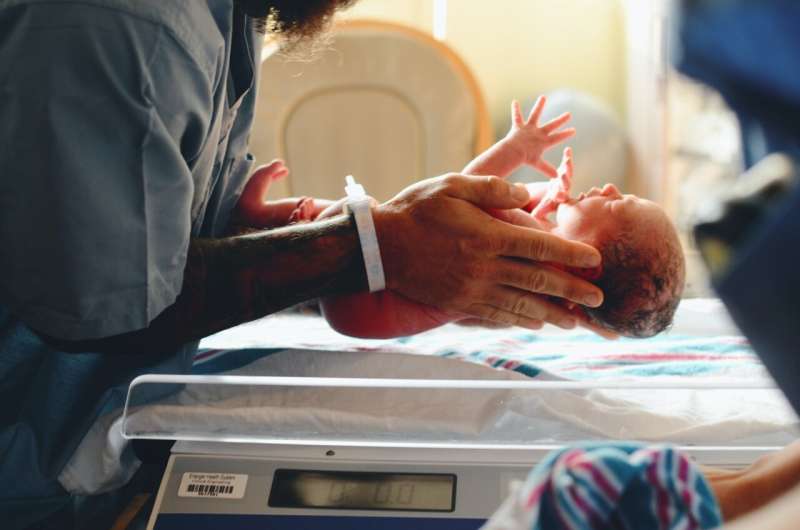Innovative Machine Learning Techniques Reveal Astrocyte Involvement in Heroin Addiction and Relapse

Recent advancements in machine learning have provided new insights into the role of astrocytes—supportive brain cells—in heroin addiction and relapse. Researchers from the University of Cincinnati, led by Dr. Anna Kruyer, and the University of Houston, with Dr. Demetrio Labate, employed object recognition software to analyze changes in brain cell structures associated with drug use and withdrawal.
This interdisciplinary study, published in Science Advances, leverages machine learning to track morphological changes in astrocytes, which are traditionally understudied compared to neurons. Kruyer's team developed an animal model to simulate relapse behaviors, focusing on the interactions between brain cells, particularly within the reward center implicated in addiction.
Astrocytes play several crucial functions, including metabolic support for neurons and regulating receptor activity at synapses. The research revealed that heroin exposure causes astrocytes to shrink and become less adaptable, potentially impairing their ability to maintain neural homeostasis. Understanding these structural changes is vital because they may influence the likelihood of relapse.
To bridge the gap between animal models and human applications, the team concentrated on a specific astrocyte protein that acts like the cell's skeleton. Using machine learning models trained on hundreds of astrocyte images, the team was able to accurately classify and analyze morphological features such as density, size, and branch number. The models could distinguish astrocytes' location within the brain with about 80% accuracy.
This technology allows scientists to quantify subtle changes in astrocyte shape and structure, providing a pathway to identify cellular biomarkers linked to addiction. These findings suggest that heroin modifies astrocyte structure, reducing their capacity to respond to synaptic activity, thereby disrupting homeostasis and potentially promoting relapse.
Looking ahead, Kruyer and her colleagues aim to apply these methods to human tissue, which is more complex and abundant, to deepen understanding and develop targeted treatments. This research exemplifies how interdisciplinary collaboration and machine learning can push forward our knowledge of brain plasticity and addiction mechanisms, with the potential to inform novel therapies focused on restoring astrocyte function.
Stay Updated with Mia's Feed
Get the latest health & wellness insights delivered straight to your inbox.
Related Articles
Potential Use of Diabetes Medication as a Non-Invasive Treatment for Hydrocephalus
New research indicates that a diabetes medication, SGLT2 inhibitors, may provide a non-invasive treatment option for hydrocephalus by reducing brain ventricles and improving CSF dynamics, potentially replacing the need for surgery in some cases.
Link Between Newborn Vitamin D Deficiency and Increased Risk of Neurodevelopmental Disorders
Research links vitamin D deficiency in newborns to increased risk of ADHD, schizophrenia, and autism, emphasizing the importance of early supplementation.
The Rise of Microdosing Mushrooms: Benefits, Risks, and Growing Poison Control Cases
Microdosing mushrooms is trending for mental health and productivity, but rising poison control calls reveal serious risks, including toxic mushroom poisoning and unregulated products. Learn more about the benefits and dangers.



